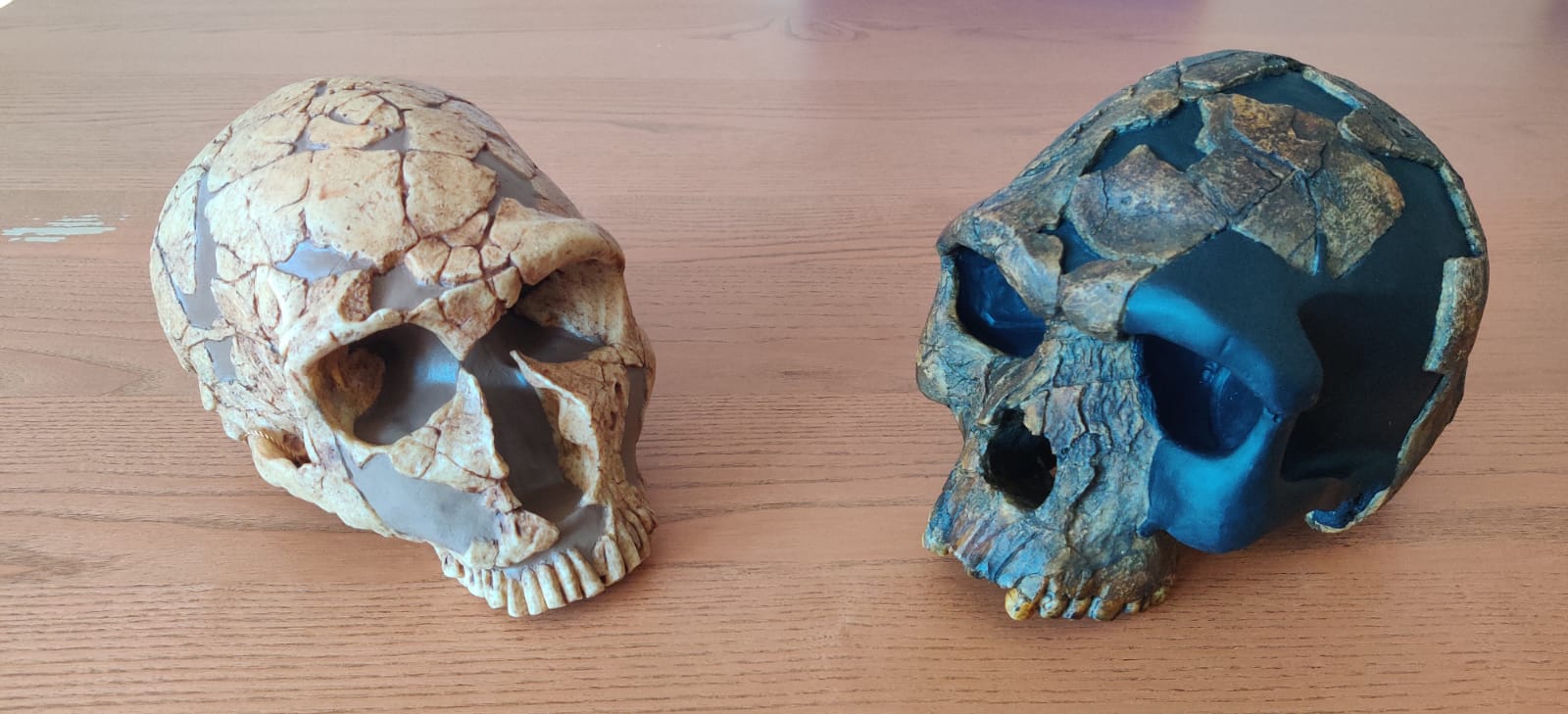The brute that never was, life and death of Neanderthal man
Abstract
The scientific views upon life and death of Homo neanderthalensis, the closest species to Homo sapiens ever lived, changed continuously through time. Once considered a form of brutish, unintelligent and savage hominin, Neanderthals are now rightfully seen as a highly social, clever and ecologically plastic species, whose behavior must have been much closer to modern humans than we thought before. Extensive gene exchange between the two species and convincing evidence of imitation by Neanderthals of H. sapiens practices and technologies bolster this view, suggesting the interactions between the two were possibly untroubled. This casts serious doubts on the conventional opinion that H. sapiens could have violently exterminated Neanderthals. In contrast, the much stronger than ever evidence that Neanderthals were not a coldloving species, and an increased awareness of the effect of climate change on extinction in hominins, reinforce the idea that H. sapiens did not cause their demise.
Downloads





